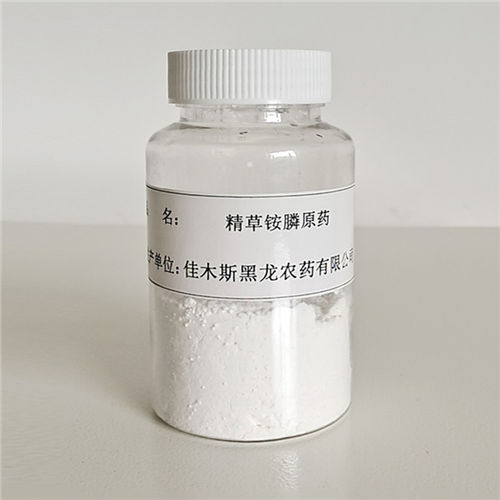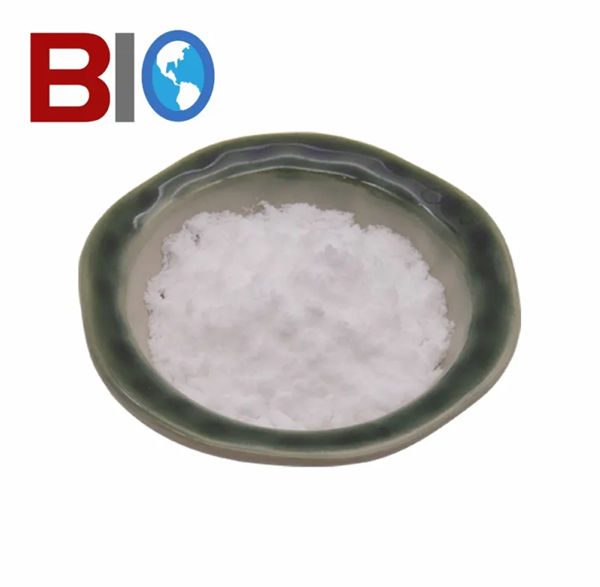How Will Top Quality C4H6 Transform Industries?
The landscape of industrial chemistry is on the verge of a revolution, largely fueled by the emergence of high-quality C4H6, popularly known as butadiene. As a crucial building block for synthetic rubber, plastics, and various chemical derivatives, its significance cannot be overstated. But what exactly is C4H6, and how will its top-grade variants transform various industries? Let’s dive deeper into the potential impact of high-quality butadiene across sectors.
First and foremost, let’s understand the chemistry behind butadiene. It is an unsaturated hydrocarbon with two double bonds and its chemical formula of C4H6 implies it consists of four carbon atoms and six hydrogen atoms. This structure grants butadiene properties that enable its use in creating polymers and copolymers that are vital to the production of tires, automotive parts, and more.
One of the most interesting aspects of C4H6 is its versatility. High-quality butadiene can significantly improve the performance of synthetic rubbers. Its ability to enhance elasticity, durability, and resistance to wear makes it a favorite among tire manufacturers. For instance, tires created with advanced butadiene can exhibit better grip on wet surfaces, leading to safer driving experiences. This is not merely an incremental enhancement; the entire paradigm of tire manufacturing could shift, enhancing vehicle safety and performance in ways that we have yet to fully explore.
Furthermore, high-quality butadiene isn't just limited to automotive applications. The textile industry stands to gain immensely from its introduction. Synthetic fibers such as nylon and polyester currently dominate the market, but they aren't without limitations. By integrating high-quality C4H6 into their production, manufacturers can develop fabrics that are not only more robust and flexible but also more cost-effective. Think of activewear that lasts longer, feels better, and maintains its shape over time. This could bridge the gap between luxury and functionality, setting new standards for consumer expectations.
In addition to performance enhancements, high-quality C4H6 could lead to significant economic benefits. The production of butadiene—a typically challenging process—has seen improvements with advancements in technology and methods. Industries can expect lower production costs due to the optimized synthesis of high-quality C4H6. This will allow companies to allocate resources more effectively, promoting innovation while reducing prices for consumers. As manufacturing becomes more efficient, it also has the potential to ignite competition, leading to a plethora of new products flooding the market.
The landscape of the packaging industry could also experience a dramatic transformation through top-tier butadiene. With sustainability becoming increasingly important, many companies are looking to reduce their carbon footprints. High-quality C4H6 can facilitate the development of biodegradable polymers and packaging solutions that are less harmful to the environment. This transition does not merely bode well for corporations trying to meet regulatory compliance; it also resonates with consumers who are growing more environmentally conscious in their purchasing decisions.
Explore more:Unlocking Value: Top Quality C4H6 Gas for Your Industry
Magnesium Hydroxide for Sale: Compare Benefits vs. Alternatives
Electronic Grade Magnesium Carbonate vs. Standard Grade: Key Differences Explained
THE IMPORTANCE OF WATER REDUCING AGENTS IN CONSTRUCTION
Advantages of Single-phase Immersed Dielectric Coolant
How to Compare Silicone Fluid Prices Effectively?
Unlocking the Potential of Styrene-Butadiene Rubber Powder
Let us not forget the energy sector, which is poised to benefit from the transformation ushered in by top-quality C4H6. With the ongoing quest for alternative fuel sources, butadiene serves as a precursor for various biofuels. Renewable butadiene can be synthesized from biomass, offering a sustainable route toward energy independence. By promoting research and investment into high-quality butadiene from renewable sources, we can pave the way for cleaner energy solutions that could significantly reduce our reliance on fossil fuels.
Another compelling area of growth is within the electronics industry. High-quality butadiene can be used to create superior polymers that are integral in the production of printed circuit boards, microprocessors, and even flexible electronic devices. In a world where our reliance on technology continues to grow, the demand for materials that can withstand heat and electrical stress is more critical than ever. The integration of high-quality C4H6 into electronic manufacturing processes can not only result in better-performing devices but also extend their lifespan, reducing electronic waste.
In summary, the transformation brought about by top-quality C4H6 will be multi-faceted, spanning across various industries such as automotive, textiles, packaging, energy, and electronics. As officials, researchers, and industry stakeholders work tirelessly to harness the potential of this versatile compound, we must remain vigilant and accountable to ensure that these advancements are implemented responsibly. The path forward is bright with possibilities, provided we navigate it wisely.
As this evolution unfolds, one truth remains paramount: high-quality C4H6 represents not only a chemical compound but a catalyst—one that could significantly shape the future of industry as we know it. The dawn of better products, greater efficiencies, and a more sustainable environment may be closer than we think. In this new era of butadiene, the future seems promising and ripe with potential.
For more Top Quality Industrial Gas C4h6 , SO2 Gas supplier, Oxygen Industrial Gasinformation, please contact us. We will provide professional answers.
Explore more:How Can Multiplace Chambers Enhance Patient Comfort and Recovery?
What Are the Benefits of Artificial Turf Backings?
Key Considerations for Sourcing CAS 2554-06-5 Products
How Can Silicone-Based Materials Improve User Experience and Safety?
What Are the Benefits of Carpet Backing Latex?
Unlocking 1,3-Dimethyl-6-Aminouracil: Benefits & Uses
Why Consider a Cryo Chamber For Sale Today?









